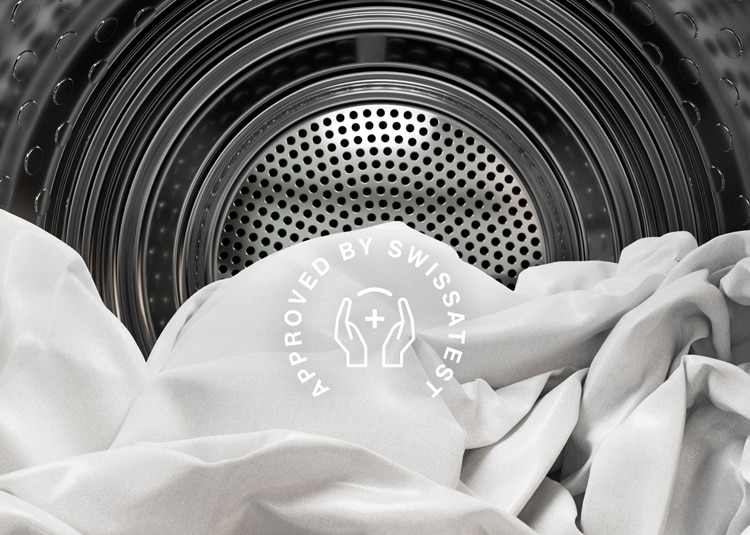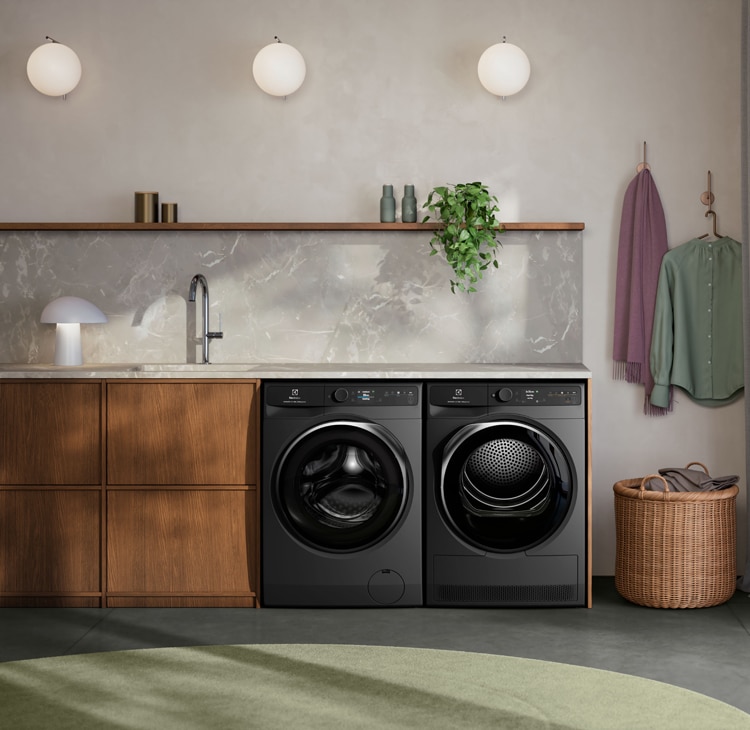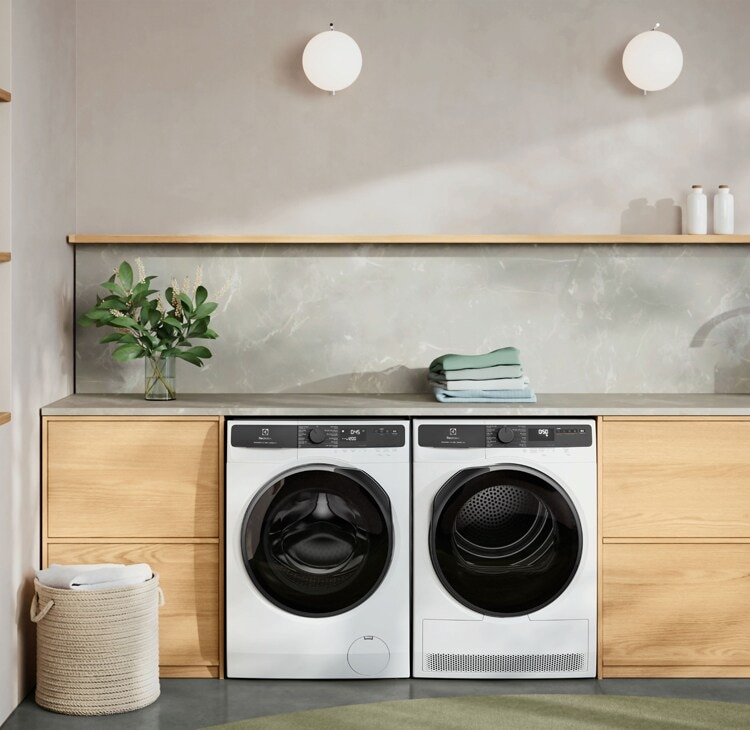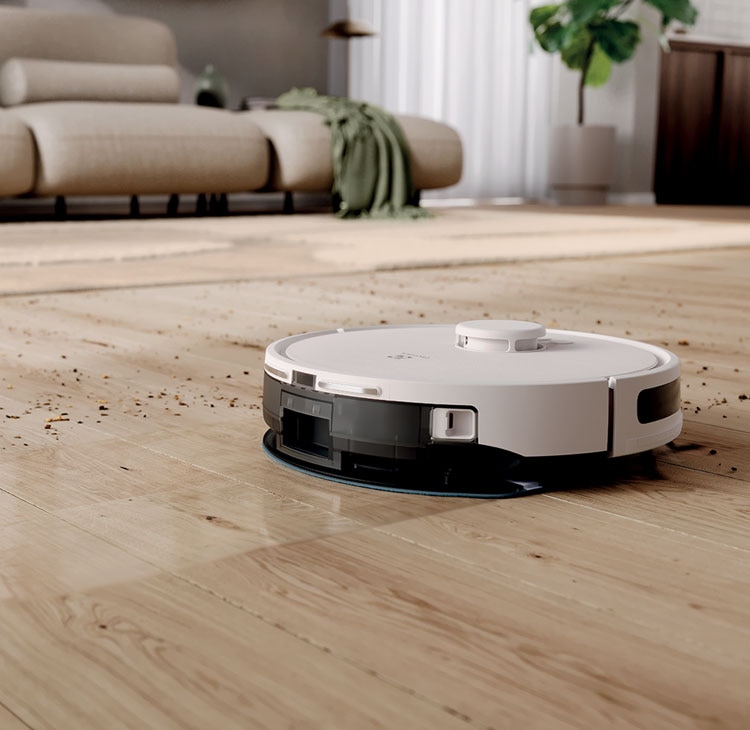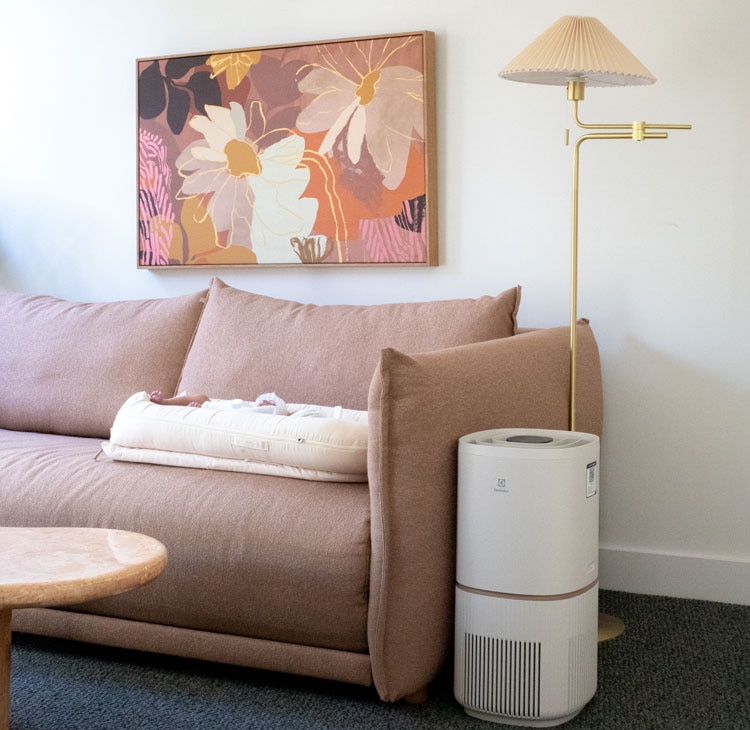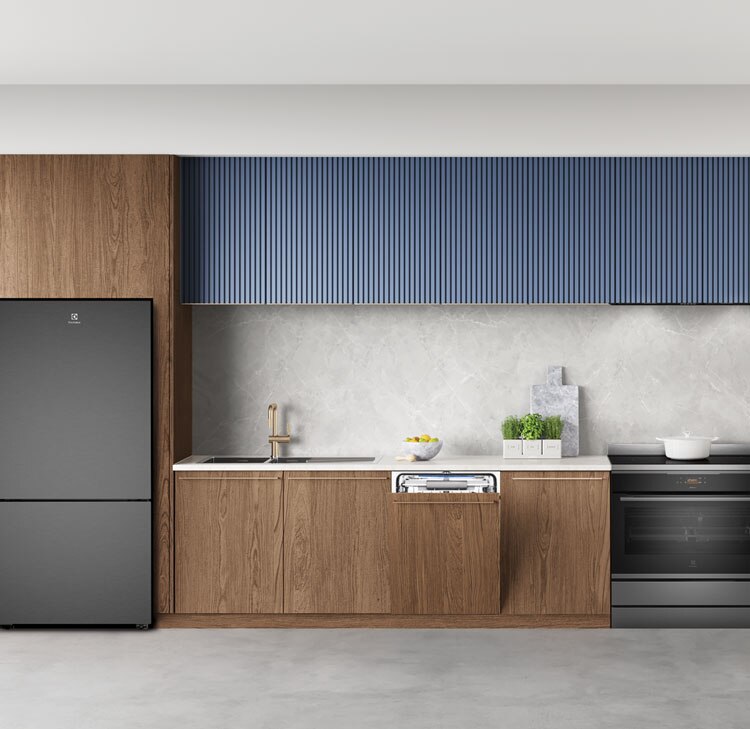Reading time: 4 minutes
If you are eager to cut down on your electricity bill, the fridge is a good starting point. Making a few simple changes can significantly reduce the energy it consumes. Additionally, awareness of your fridge’s electricity consumption will not only save you money but also reduce your carbon footprint.
In this guide, we will help you understand what affects your refrigerator's power usage, how much power a refrigerator uses and energy-saving tips.
What affects refrigerator power usage?
Model:
Generally, bottom-mounted fridges are less energy efficient compared to top-mounted fridges. Additionally features such as ice makers and dispensers can also require additional energy to operate. Our French Door Fridges come with a SmartSplit Door Design with 2 separate openings – one for larger items and the other for smaller ones. This means you don’t have to open both at the same time to access items, preventing cool air from escaping and assisting in maximising energy usage.
Size:
As expected, large refrigerators, such as side-by-side models, use a lot more energy as they cool a larger volume of space.
Location:
When installing your fridge, it is important you choose a cool, well-ventilated area, to prevent overheating, and increased energy consumption.
Season:
In summer you may notice your electricity bill rise. This is due to the warmer weather making the compressor work harder to maintain cool fridge contents.
Usage:
Continually opening and closing the fridge door lets warm air in hence adding extra pressure to the compressor. This means your fridge and freezer will need to use energy to keep the fridge at its desired temperature.
Condition:
Most older refrigerator models won’t be equipped with energy-optimising technology. Some can also have worn-out parts, such as loose rubber gaskets, that let cold air seep out. This can lead to temperature fluctuations and cause the compressor to use up more energy.
How much power does a refrigerator use per month?
To calculate the electricity consumption of your refrigerator, there’s some simple maths involved. Please note that this is an estimate to give you an indication of your consumption.
Top tip: The Energy Rating Calculator helps showcase how much energy consumption and the cost your fridge will use per year.
Step #1: Know your refrigerator wattage
Check the energy information sticker located on or inside your refrigerator and note its voltage and amperage. Multiply the two to get the wattage. See the example below:
voltage x amperage = wattage
117 V x 3.3 amps = 386.1 watts
Step #2: Know your refrigerator’s running wattage per month
A refrigerator cycles on and off throughout the day, so your running wattage is actually lower compared with your refrigerator wattage. To roughly calculate this, divide the wattage by three.
wattage / 3 = running wattage
386.1 watts / 3 = 128.7 watts
running wattage x 24 hours = running wattage per day
128.7 x 24 hours = 3,088.8 watts
running wattage per day x 30 days = running wattage per month
3,088.8 watts x 30 days = 92,664 watts
Step #3: Calculate your refrigerator’s electricity cost per month
Electricity providers charge electricity per kilowatt-hour. Convert watts to kilowatt-hours.
running wattage per month / 1,000 = kilowatt-hours
92,664 / 1,000 = 92.66 kWh
kWh x cost per kWh = cost per month
92.66 x $0.30c[1] = $27.80 per month
| Time Period | kWh of the Electricity Consumed |
| 1 hour | 0.13 kWh |
| 1 day | 3.09 kWh |
| 1 week | 21.63 kWh |
| 1 month | 92.7 kWh |
| 1 year | 1,112.4 kWh |
3 Energy Saving Tips to Save Fridge Electricity Costs

1. Adjust your dial to the correct temperature
The ideal temperature for your fridge is 4-5°C. For your freezer, it’s -18°C. Too high and it can compromise food safety and quality of food while too low can cause excessive energy usage.
2. Maintain regularly
Not only will a build-up of ice mean you will have less space in your freezer it will increase your electricity bill. It is vital to defrost frequently. Additionally, don’t let your fridge contents exceed its capacity. Every three months, scan your fridge shelves and discard expired food.
3. Cool food before refrigerating
While it can be tempting to place hot food straight into the fridge it can change the internal temperature. Therefore, leave your food in a container on the counter until it cools to maintain a constant temperature inside the refrigerator, saving energy.
Save Electricity Costs with Electrolux fridges
Power saver:
Enjoy better performance without a big bill. Our refrigerators are designed to be energy efficient to help reduce your power costs.
Keep it cool:
The fridge door is one of the most opened in any household, which is why we came up with FreshPlus technology to help maintain the perfect temperature inside your fridge. It automatically detects when it needs to begin cooling, keeping the temperature down to lock the freshness in.
TwinTech Cooling System:
Two independent cooling systems work together to deliver lasting freshness. One cooling system chills the freezer so no frost builds up. The other cools the refrigerator, providing stable temperature and humidity.

